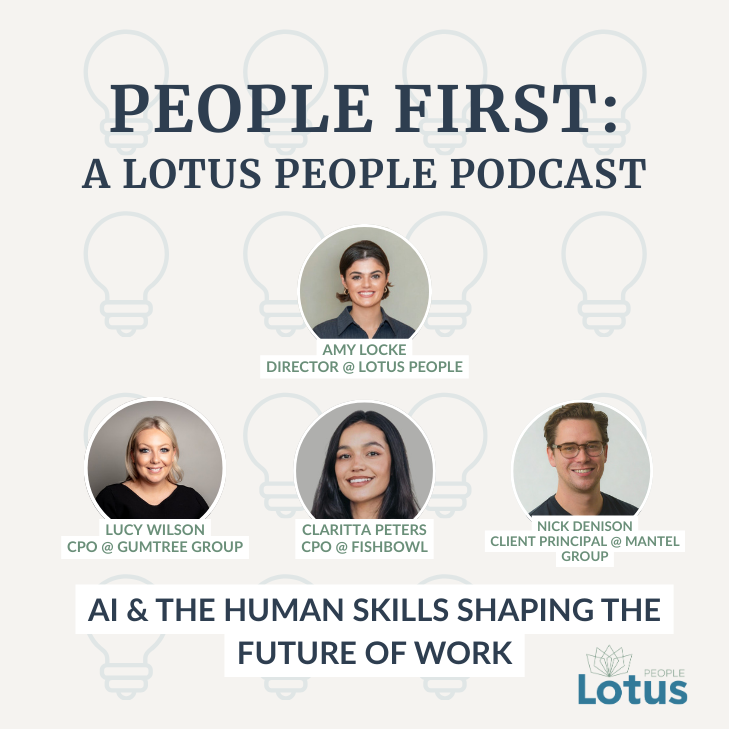It’s safe to say that 2020 has thrown us some curve-balls, and we will be living with the repercussions for a long time to come. The uncertainty that has emerged drastically impacted the Australian job market and the experience of the job-seeker. While we, as recruiters, have access to information from clients and candidates, this is not the case for most.
In this ever-changing climate, it has never been more important to have your finger on the pulse, particularly if you are in the process of looking for a new role. This is necessary to manage expectations and guide your job search strategy.
Certain companies have been active in disseminating helpful information. We have included a few of these (free!) resources below – we recommend monitoring at least one of the pages to keep yourself informed!
LinkedIn collects a huge amount of information. They release job market reports – the most recent of which was summarised very well here. They have also recently announced an amazing initiative with Microsoft to help ’25 million job seekers get back to work.’ Following hashtags, such as #jobs, #marketupdates, is also a great way to stay up to date.
Similarly to LinkedIn, Seek has an entire page on its website dedicated to sharing the analytics they collect. That information appears on their LinkedIn as well.
JobAdder have been sharing market updates on their LinkedIn page.
Individual human resources and recruiting professionals have also been sharing their knowledge so keep an eye out on your own network!
You may also like...





